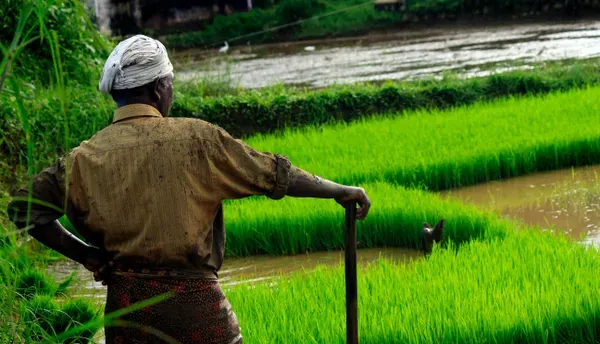Maximizing Yield: Advanced Permaculture Strategies for Efficient Farming
Antony Thilak W |
29 December, 2023 |

Introduction
In the realm of sustainable agriculture, permaculture stands out as a revolutionary approach that harmonizes ecological principles with agricultural practices. This comprehensive guide delves into advanced permaculture strategies, aimed at maximizing yield and efficiency for farmers who wish to take their permaculture practices to the next level. Covering over 1000 words, this post is an in-depth exploration of sophisticated techniques that enhance productivity while maintaining ecological balance.
Advanced Permaculture Concepts
Succession Planting: This involves planning crops in succession to maximize space and harvest timing, ensuring a continuous yield throughout the growing season.
Microclimate Utilization: By understanding and leveraging microclimates within a farm, farmers can optimize growing conditions for various crops.
Aquaponics and Hydroponics: These soil-less cultivation methods can be integrated into permaculture systems to boost yield, especially in limited space conditions.
Innovative Soil Management
Mycorrhizal Inoculation: Introducing beneficial fungi to the soil can significantly enhance nutrient uptake for plants.
Biochar Incorporation: Using biochar improves soil fertility and carbon sequestration, leading to healthier crop growth.
Cover Cropping and Green Manure: These practices not only enrich soil fertility but also prevent erosion and suppress weeds.
Water Management Techniques
Keyline Design: This advanced permaculture technique optimizes the distribution of water resources across the farm, reducing water wastage and improving soil hydration.
Greywater Systems: Implementing systems to reuse greywater can significantly reduce water consumption and increase efficiency.
Drip Irrigation: Coupling permaculture with modern drip irrigation techniques ensures precise water delivery, reducing wastage.
Permaculture in Different Climatic Conditions
Tropical Permaculture: Strategies for tropical climates, focusing on heat and humidity management.
Arid Land Permaculture: Techniques like shade creation and moisture retention to maximize yield in dry regions.
Temperate Climate Strategies: Emphasizing cold-weather crops and winter composting methods.
Integrating Livestock in Permaculture
Chicken Tractor Systems: Using movable chicken coops to fertilize and till the land.
Rotational Grazing: Implementing grazing patterns that mimic natural ecosystems to enhance soil health and biodiversity.
Beekeeping for Pollination: Integrating beekeeping into permaculture enhances pollination and provides honey as an additional yield.
Permaculture and Technology
GIS and Drone Technology: Using advanced technologies for land mapping and monitoring can help in precise planning and implementation of permaculture designs.
App-based Monitoring: Leveraging technology to monitor and manage farm conditions, from soil moisture to plant growth stages.
Community and Economic Aspects
Community-Supported Agriculture (CSA): Engaging local communities in supporting permaculture farms through subscription models.
Permaculture as a Business: Turning permaculture practices into profitable ventures, from selling produce to offering workshops and consultancy.
Challenges and Solutions
While advanced permaculture offers numerous benefits, it also comes with challenges like the need for specialized knowledge, initial setup costs, and the complexity of managing integrated systems. Addressing these challenges requires ongoing education, community collaboration, and sometimes, government support or subsidies.
The Future of Permaculture Farming
As we face global environmental challenges, advanced permaculture techniques offer a beacon of hope. They represent a shift towards more sustainable, efficient, and productive farming methods that could play a crucial role in future food security and ecological conservation.
Conclusion
Advanced permaculture strategies offer a sophisticated toolkit for farmers aiming to maximize yield while maintaining ecological integrity. By adopting these techniques, farmers can enhance the productivity and sustainability of their lands, contributing to a healthier planet. As permaculture continues to evolve, it remains a vital part of the solution to many of our current environmental challenges, paving the way for a more sustainable and resilient agricultural future.
